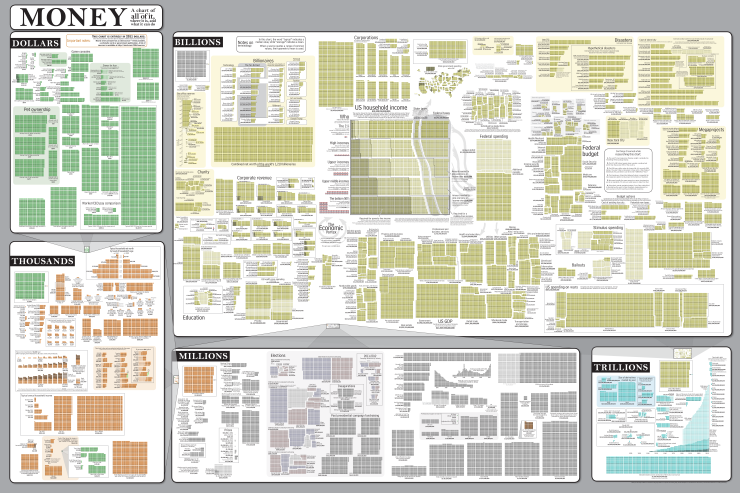Seasonally-adjusted good news.
The Herald, along with many other sources, reports on US employment: “Far fewer Americans are seeking unemployment benefits than just three months ago – a sign that layoffs are falling sharply.” By the standards of the US recession, this qualifies as good news, though the bar has to be set pretty low. A fall in layoffs, on its own, just means that things aren’t getting worse as quickly, and the time limit on eligibility means that an increasing number of people are falling off the end of benefits.
Actual unemployment figures are also positive, but a bit less so. The unemployment rate fell by 0.5%, but half of that was people who stopped looking for work. Total employment is up, by an estimated 280,000 people, which is promising [the figure of 120,000 given by the Herald is ‘total non-farm payroll employment’].
The real problem in interpreting these numbers is that the increase in employment and the decrease in applications for benefits are both much smaller than the seasonal adjustment factor (as Brad DeLong points out). Without seasonal adjustment, the total increase in jobs was only 80,000, more than three times smaller.
The basic idea of seasonal adjustment is uncontroversial — there’s lots of variation over the year in employment in retail, construction, and farming, and the education system releases a wave of new labour force members at the end of each academic year. However, in a recession that’s unprecedented since good-quality records began, it’s hard to predict the seasonal variations exactly right. A small error in the seasonal adjustment could wipe out the apparent gains entirely. And a while seasonally-adjusted employment is the right indicator for the economy as a whole, you can’t afford much Christmas cheer with only a seasonally-adjusted new income.


